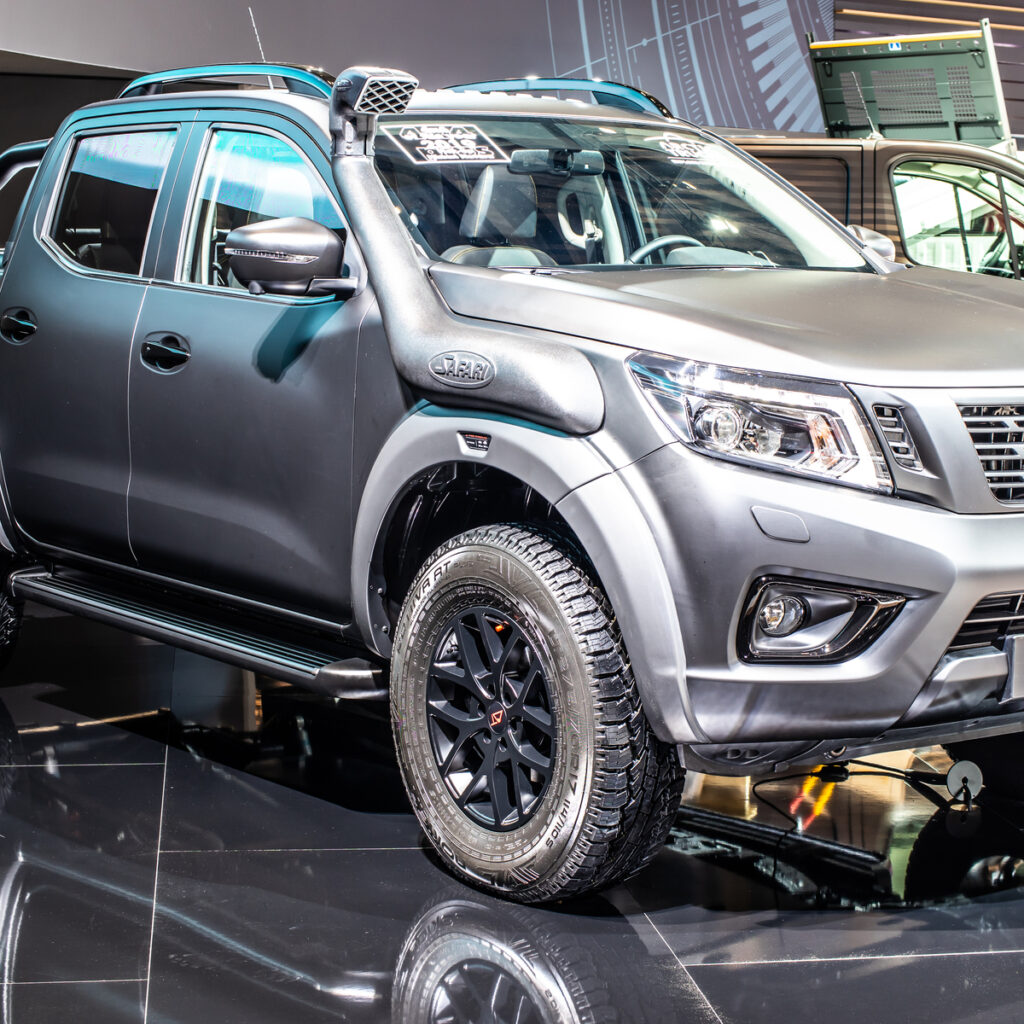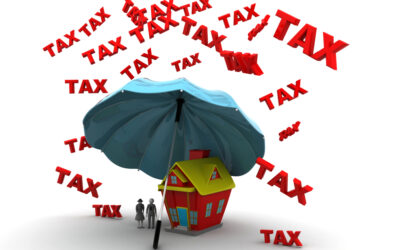What are the tax and investment considerations for a Granny Flat above versus a Tiny Home below? Income Tax Return Reporting - Income Streaming Tiny Homes Tiny home ownership does not have to follow the ownership interest of the underlying property ownership. For...
Motor Vehicle Expense Claims

Key points to keep in mind include:
- the way a claim is calculated depends on your business structure
- if business changes structure, your entitlements and obligations may also change
- you must apportion expenses between business and private use
- records need to be kept for five years.
The common types of motor vehicle expenses you can claim include:
- fuel and oil
- repairs and servicing
- interest on a motor vehicle loan
- lease payments
- insurance
- registration
- tolls and parking
- depreciation (decline in value) of the vehicle.
- Logbook method worksheet
Types of motor vehicles

The type of motor vehicle you drive can affect how you calculate your claim. A motor vehicle is either a car or an “other vehicle”.
Car: A car is a motor vehicle that is designed to carry:
- a load of less than one tonne, and
- fewer than nine passengers.
Most four-wheel drives and some utes are classed as cars.
Other vehicle: If your motor vehicle is not a car it’s an “other vehicle”. According to the ATO, other vehicles include:
- motorcycles
- minivans capable of carrying nine or more passengers
- utes or panel vans designed to carry loads of one tonne or more.
Note that expenses incurred in running a ute are not automatically tax deductible; you need to use the ute in your business and claim the business portion only.
Business structure
Your business structure can affect your entitlements and obligations when claiming deductions for motor vehicle expenses.
Sole traders and partnerships
If you operate your business as a sole trader or partnership (where at least one partner is an individual), the way to calculate your deduction depends on the type of vehicle and how it is used. The vehicle can be owned, leased, or hired under a hire purchase agreement.

You can only claim motor vehicle expenses that are part of the everyday running of your business (such as travelling to and from different business premises).
If the vehicle is used for both private and business purposes, it is expected that you will exclude any private use (such as driving your children to school).
Cars
For cars, you can use the cents per kilometre method or the logbook method.
Cents per kilometre method:
You can claim a maximum of 5,000 business kilometres per car. The rate per kilometre (68 cents for 2019-2020) takes into account your car running expenses, including depreciation. You can’t make a separate claim for depreciation of the car’s value.
You don’t need written evidence, but you must be able to show how you worked out your business kilometres (for example, calendar or diary records).
For claims above 5,000 kilometres you must use the logbook method or actual costs to claim the entire amount.
Logbook method:
You can claim the business-use percentage of each car expense, based on logbook records. You must record:
- when the logbook period begins and ends
- the car’s odometer reading at the start and end of the logbook period
- details of each journey including
- start date and finishing date
- odometer readings at the start and end
- kilometres travelled
- reason for the journey.
- Log-book method worksheet
You must keep the logbook for a period (at least 12 continuous weeks) that is representative of your travel throughout the year. You can then use this for five years.
Work out the percentage of business travel from your logbook and use this to claim your business-related car expenses. You can’t claim capital costs such as the purchase price of the car but you can claim this as depreciation.
Other vehicles
For all other vehicles, you can’t use the cents per kilometre or logbook method. Your claims must be for actual costs for expenses, based on receipts. You can use a diary or journal to separate private use from business use. Ask this office for more guidance.
Companies and trusts
If you operate your business as a company or trust, you can only claim the actual costs for motor vehicle expenses that are part of the everyday running of your business (such as travelling to and from different business premises, visiting clients or picking up goods for sale). Actual costs are based on receipts for expenses incurred.
Note that you cannot use a simplified method, such as cents per kilometre, to calculate your claim.
Make sure private use is separated from business use – by keeping a logbook or diary, recording the purpose of each trip and what portion was for business.
If your business is a private company that provides a vehicle to a shareholder or their associate to use in their capacity other than as an employee, this may be treated as a dividend or loan (known as Division 7A) that could affect the deductibility of your motor vehicle expenses. Ask us if this seems to fit your circumstances.
Motor vehicle ownership
There are further considerations depending on the ownership of the vehicle.
Vehicle owned or leased by your business: Your business can claim a deduction for the running expenses of a vehicle that is owned or leased by your business.
If the vehicle is available for private use by an employee or their associate (such as a spouse), fringe benefits tax (FBT) may apply.
Vehicle owned by your employee: If your employee uses their own vehicle for business-related purposes and you pay them a motor vehicle allowance or reimburse them their costs, your business can claim a deduction for the allowance or expenses reimbursed, such as the cost of fuel.
Note that you can’t claim depreciation if the vehicle is owned by your employee.
Your employee can claim a deduction for costs related to the business use of their vehicle in their own tax return, less any reimbursements or allowance they received from your business.
Depreciation of a motor vehicle
If you work out your deduction for expenses using the logbook method or actual costs, then you can generally claim a deduction for capital costs, such as the purchase price of a motor vehicle, over a period of time. This is known as depreciation or a decline in value.
You can apply the:
- simplified depreciation rules – by adding the motor vehicle’s cost to the small business pool or using the instant asset write-off (if eligible), or
- general depreciation rules – by claiming a deduction over the effective life of the asset.
You can only claim depreciation on the business portion of the motor vehicle’s cost.
If the business vehicle is a car, there’s a limit on the cost you can use to work out your depreciation claim. For the 2020-2021 income years, the limit is:
- $59,136, or
- the cost of the vehicle if it’s less than this amount.
If you use the cents per kilometre method, depreciation of the vehicle is already taken into account.
Records you need to keep
The records you need to keep depends on the method you use to calculate your motor vehicle expenses. Regardless of the method you use, you will need to keep:
- loan or lease documents
- details on how you calculated your claim
- tax invoices
- registration papers.
If you need any further advice, please contact our office.



